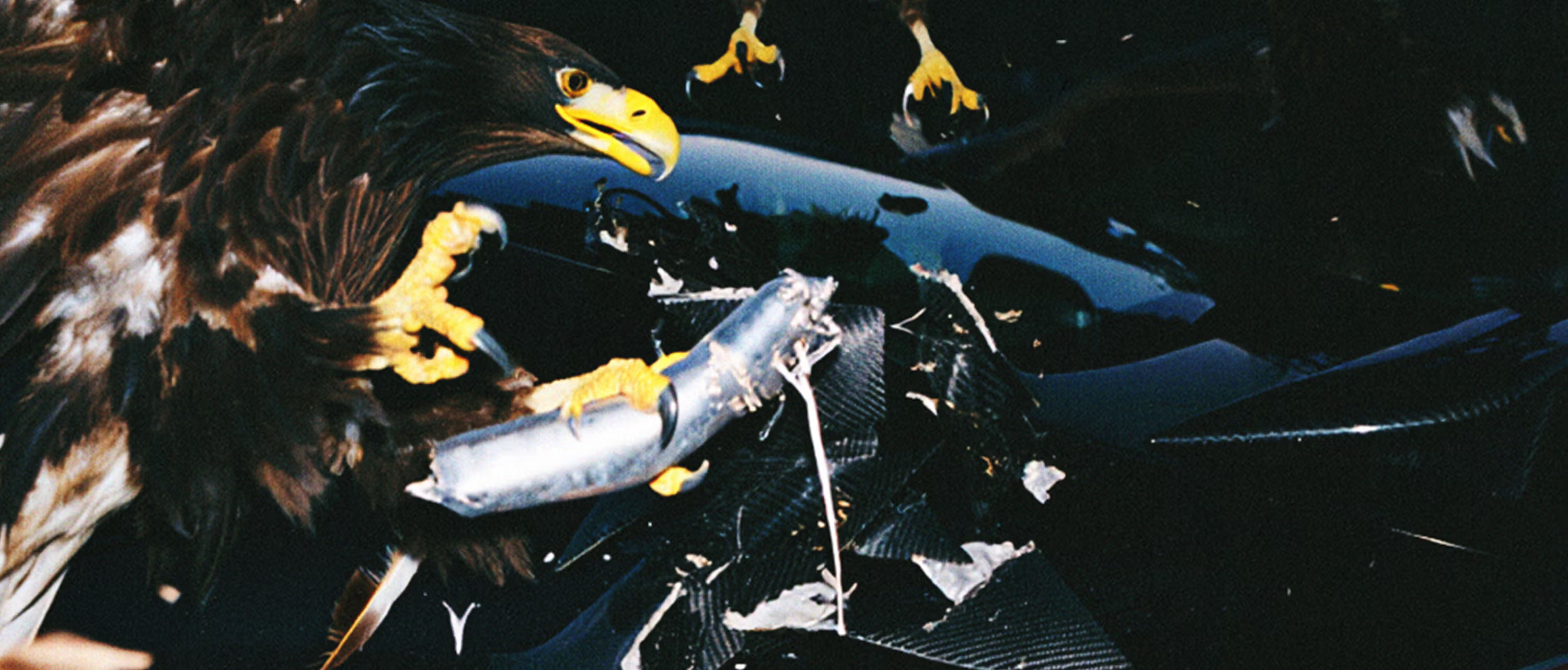
Interview with Ces XC. A Visual Wizard born from memory and cultural clashes, turning traditions into texture and reshaping reality from the inside out.
Ces (1993) born and raised in Istanbul, is a multidisciplinary visual artist whose work blends photography, AI, graphic design, and childhood memories into a single vivid language. His imagery quickly gained global traction, leading to collaborations with Nike, Foot Locker, and Evisu, among others. Today he defines himself as a "Visual Wizard", navigating freely across mediums and using AI as an extension of instinct rather than a shortcut. Working between tradition and technology, past and future, Ces builds worlds that feel both surreal and deeply human, driven by imperfection, emotion and storytelling.
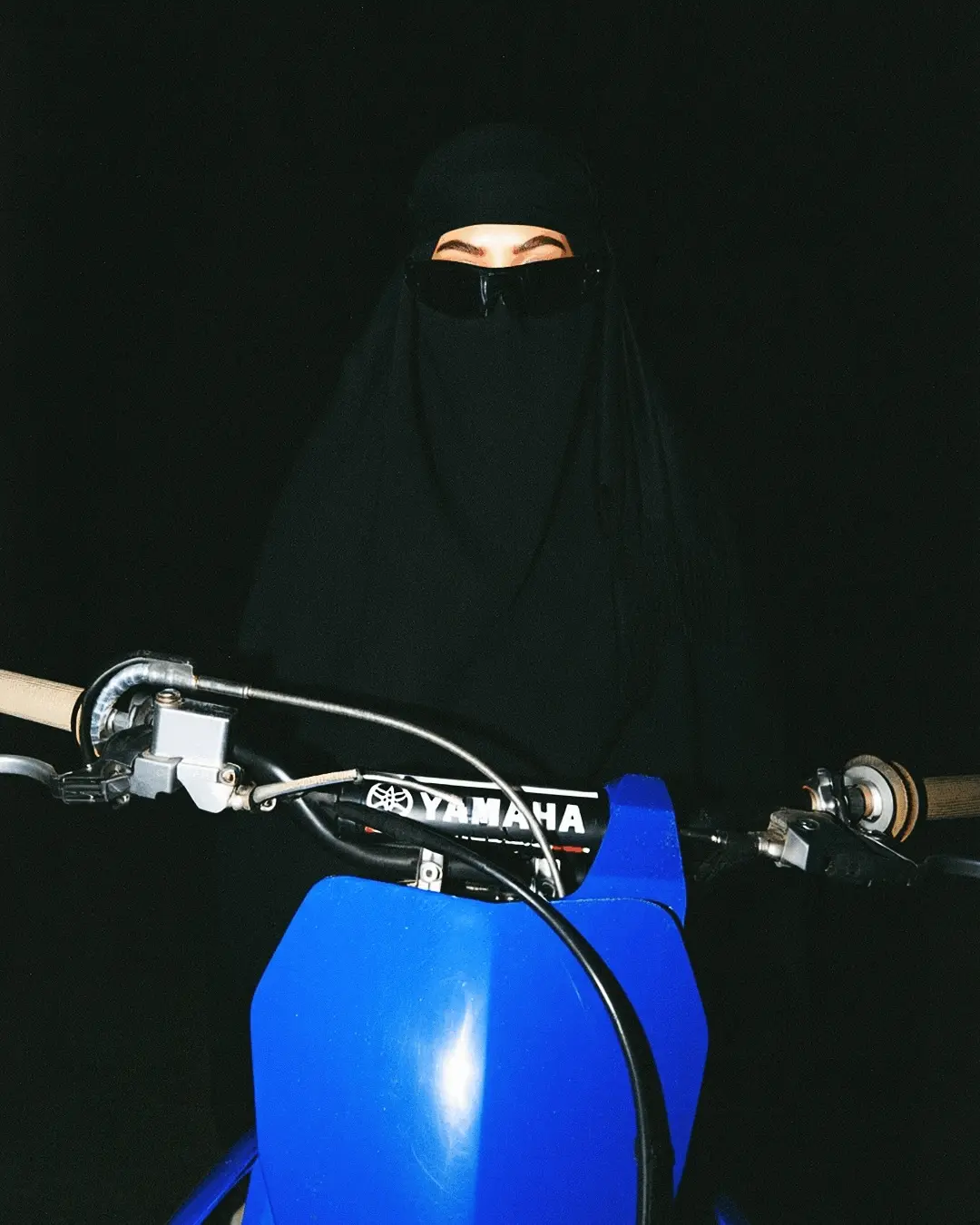
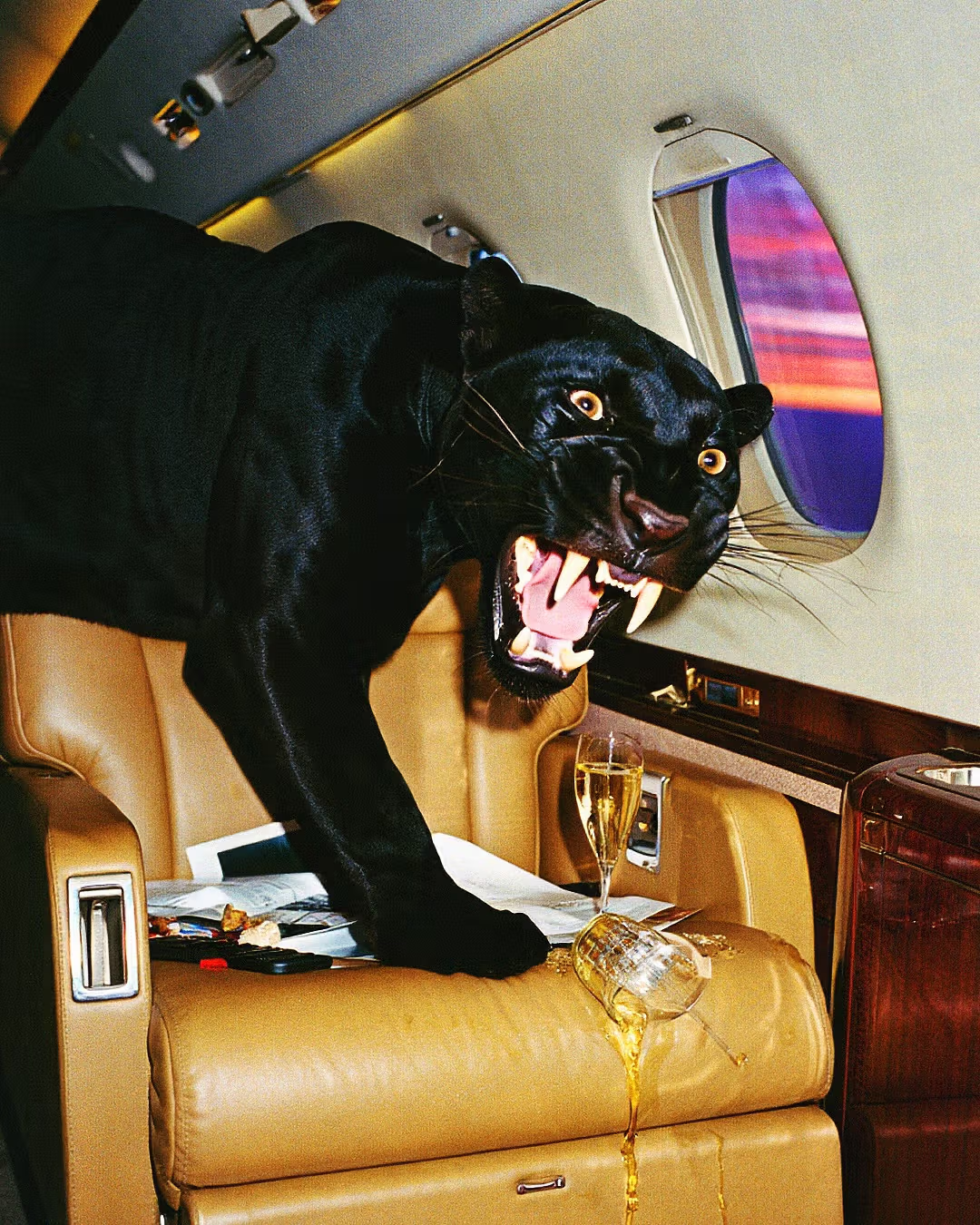

Shaped by Collision.
Ces’s story begins in Istanbul, but not in the way stories about cities usually start. It begins in markets, in noise, in crowds, in textures. Born and raised in the chaotic sprawl of the city, he grew up surrounded by a crossroads of cultures — Islamic, Christian, Arab, Western — all colliding in the same streets. “I was always in the market,” he says. “My friends worked there. I saw everything — the elders with their masks, the fake Gucci, the fake Burberry. That’s Turkey.”
Before becoming a visual artist, Ces graduated in graphic design and spent three years working as a commercial designer. But the job didn’t reflect who he was. He had been taking photos on the streets of Istanbul since he was young, absorbing details, logos, colors, and textures almost unconsciously. He realized that the creative world he belonged to was built less on design theory and more on lived experience — on growing up among tuned Japanese cars and elders in Nike sneakers, on being shaped by a city that felt both beautiful and suffocating.
Travel played a role too. His father’s job took him across Asia, America, and Europe, and Ces spent his early teens discovering graffiti scenes around the world. Chicago, especially, left a mark: artists painting walls at night, a sense of subculture alive and unashamed. These memories, scattered across continents, became the foundation of his imagery.
The turning point came when he merged photography with AI: documenting his environment, then augmenting it with surreal details — a Subaru Impreza drifting past an elderly woman in Nike shox, a horse standing still beneath neon lights. He posted these scenes online, and without warning, his work went viral. Friends sent him screenshots from Los Angeles, where mechanics and car guys were showing his images around. “I couldn’t believe it,” he recalls. “Someone in LA recognized my work before people in Turkey did.”
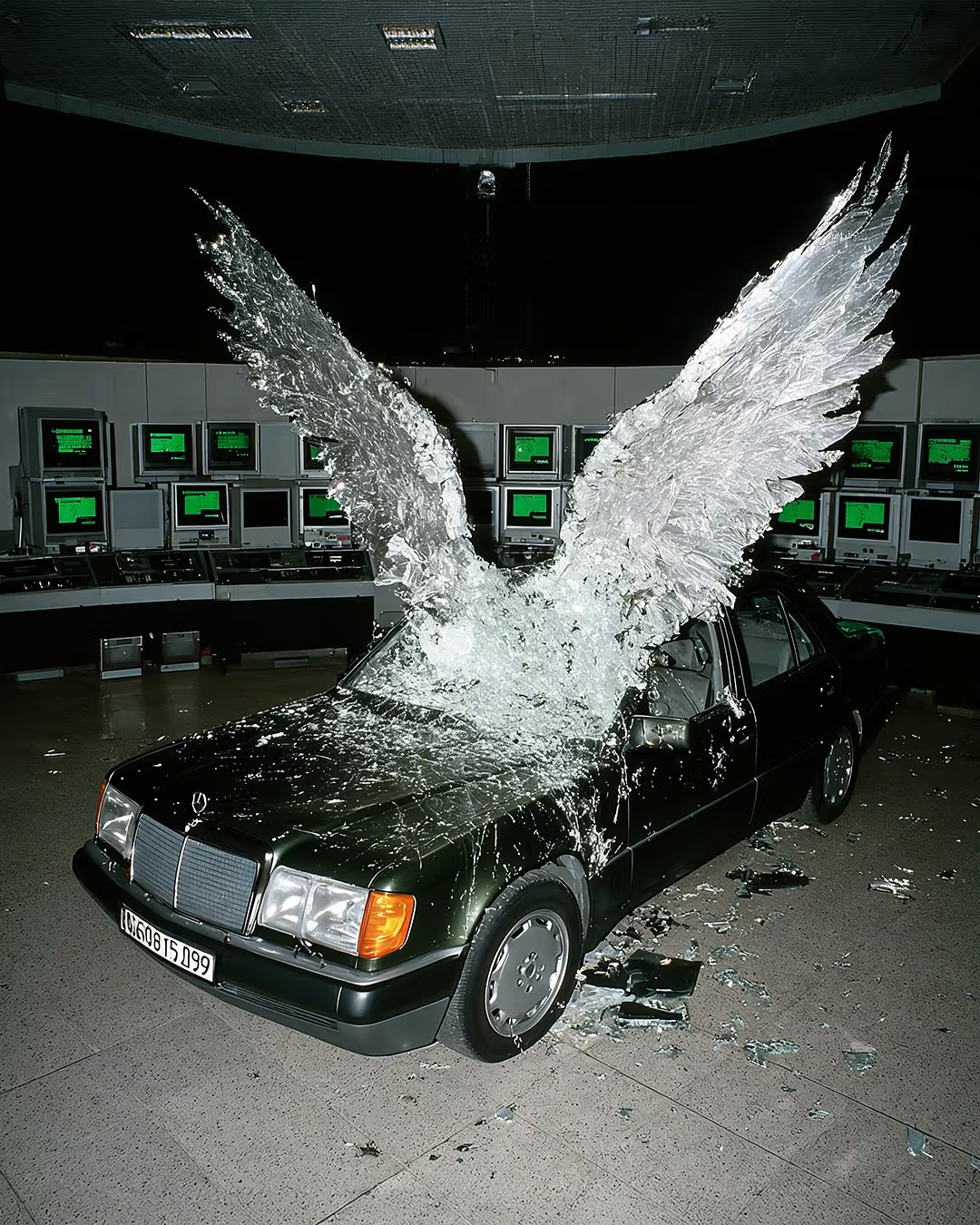
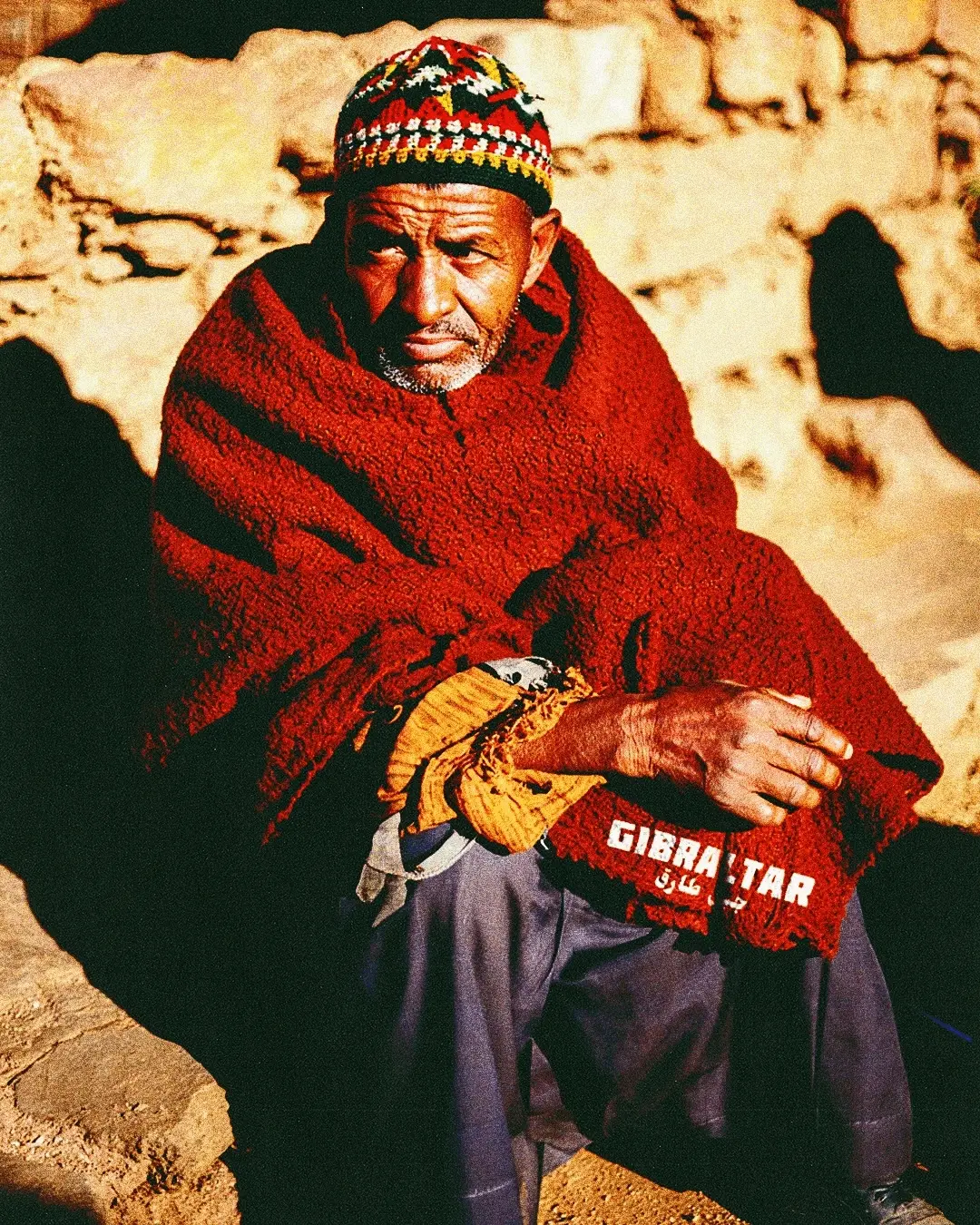
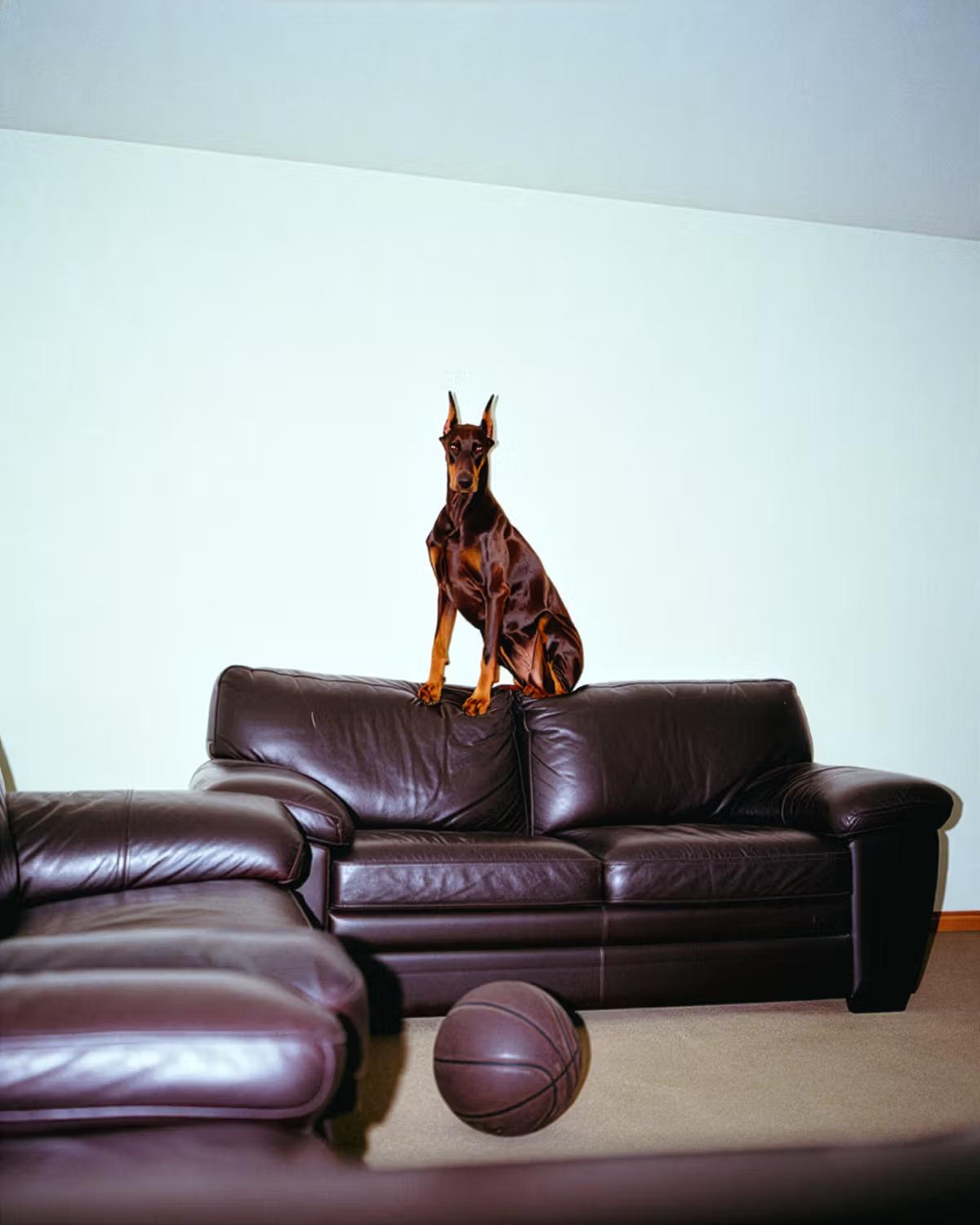
The Visual Wizard.
Ces describes himself not as a photographer, not as an art director — but as a "Visual Wizard". The term sounds playful, yet it captures his reality with precision: he moves freely across design, photography and AI image-making. “It’s in my nature,” he says. “I can’t escape visual work.”
His style is a fusion of Turkish street culture, 90s American nostalgia, Japanese car aesthetics, and the analog imperfections of a childhood shaped by Need for Speed Underground, Blade, Jumanji, Spawn, and late-night wrestling. These references aren’t pulled from moodboards — they come from lived memory, forming an instinctive visual vocabulary rather than a constructed one. It’s an ecology built over years, from the streets he walked to the media he absorbed.
Cars sit at the center of this world. Growing up in Istanbul, turning eighteen and owning a car isn’t just common — it’s cultural. Tuning culture runs deep, and for Ces it became a symbolic language where machines carry identity. In his imagination, cars embody power and speed, horses represent tradition and the strength embedded in Turkish culture, while motorcycles channel a sense of modern freedom. These elements aren’t separate symbols but different expressions of the same energy. “Different eras, same idea.”
The same sensitivity shapes how he portrays people. Unlike much AI-generated imagery, which defaults to idealized beauty standards, his subjects feel grounded: elders, market workers, street kids, distant relatives — people with wrinkles, crooked smiles, worn-out sneakers. Their presence anchors the imagery. “Imperfect is important,” he insists. “My visuals can’t be perfect — that’s not Turkey. That’s not real.”
For Ces, imperfection isn’t an aesthetic strategy; it’s a philosophy. It keeps the work human, allowing memory and honesty to stay visible beneath every layer of color and texture.
“Cars, horses and motorcycles look different, but they have the same spirit. Power, movement, identity. They’re all part of the same memory.”
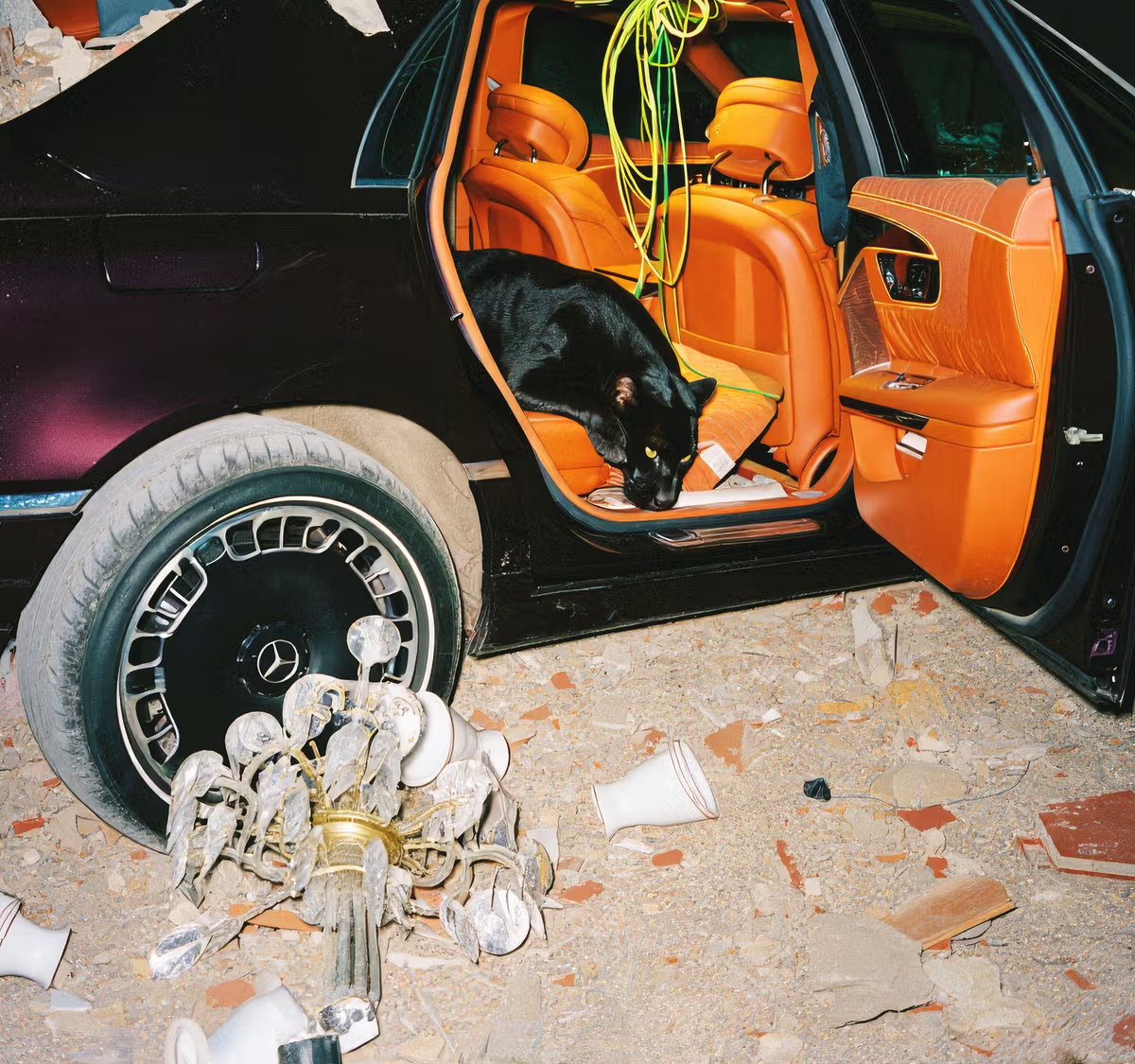
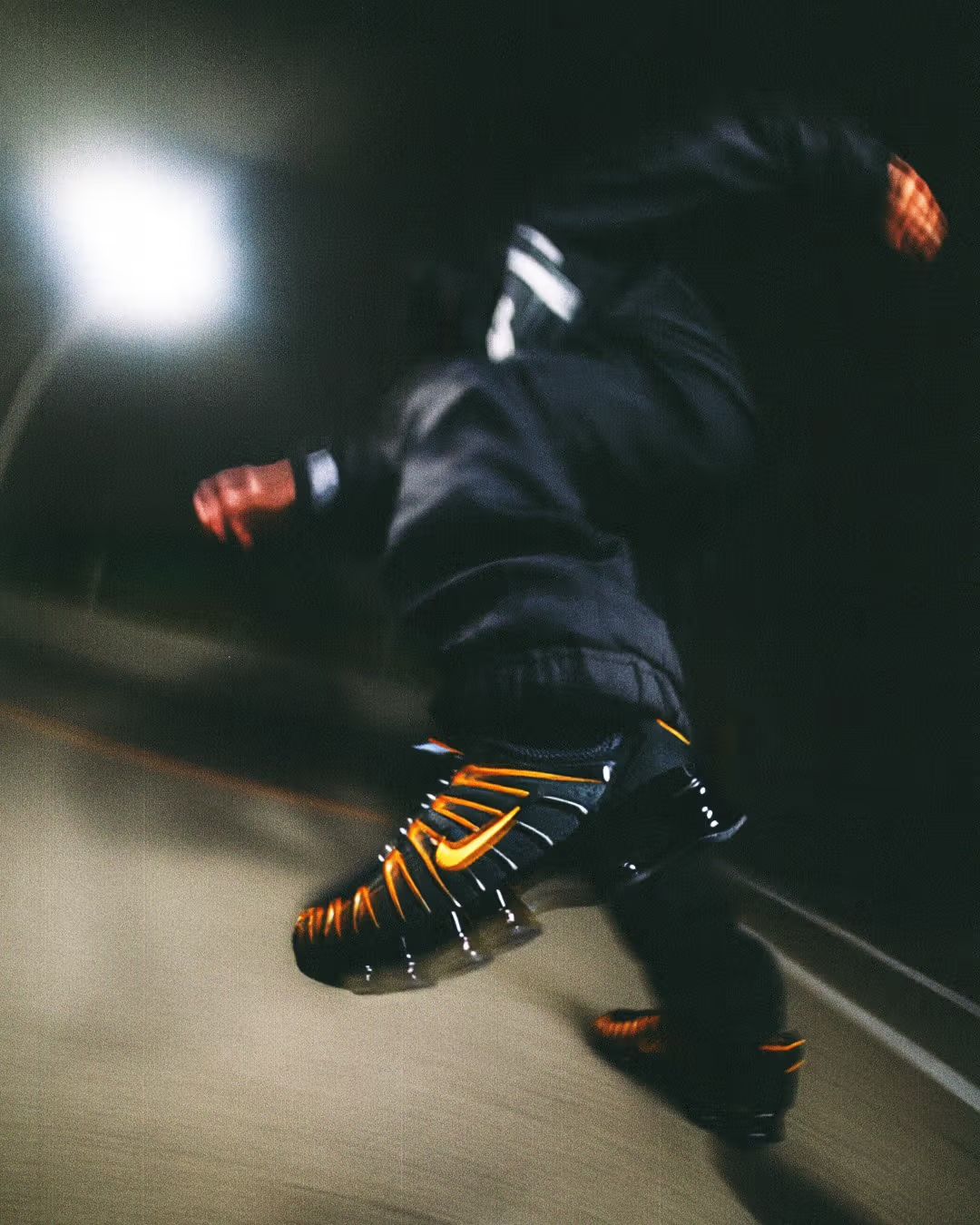
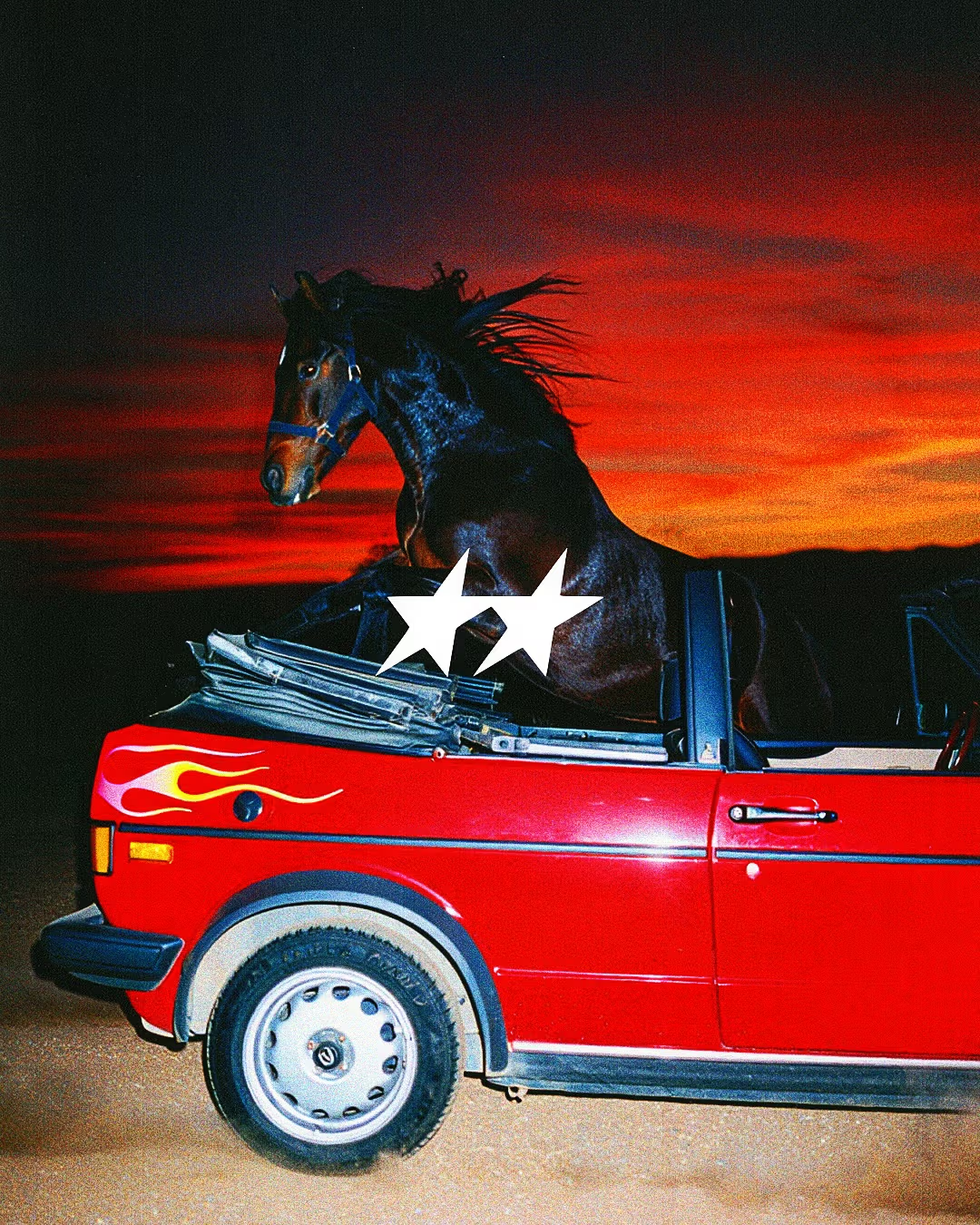
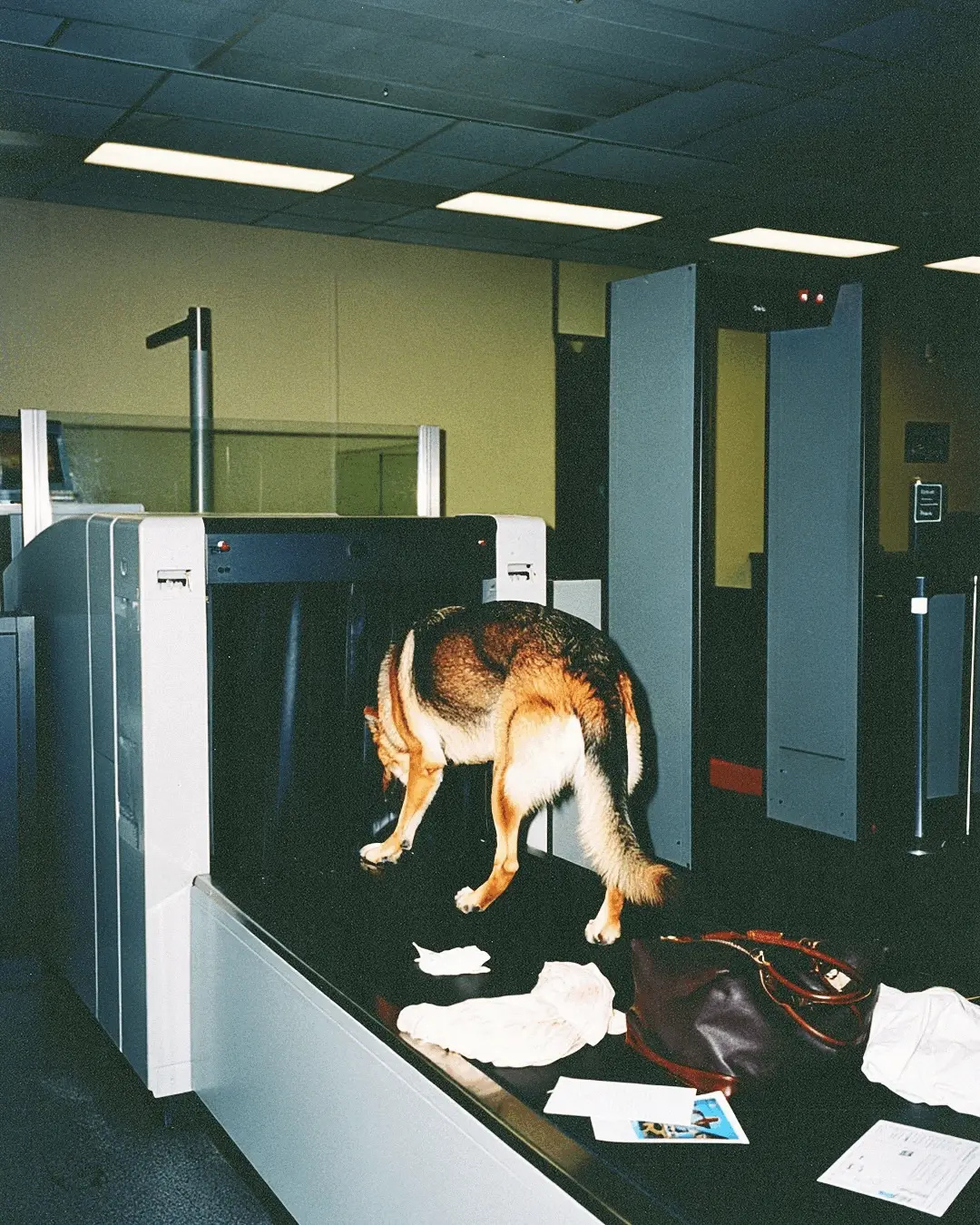
The Turning Point of a Global Trajectory.
Ces’s adoption of AI is intuitive rather than conceptual. He starts from real photography when needed, or from reference images, and uses AI to insert elements, extend environments, or build scenes entirely from scratch. Yet his process always returns to Photoshop, where he adjusts light, texture, and atmosphere until the image feels alive. “After I generate, I add light, textures. That’s what gives the feeling,” he says. “It shouldn’t look like AI.”
This blend of instinct and technology opened unexpected doors. One day he received an email:
“Hey, we love your work. Let’s collaborate.”
It came from Nike North America.
The collaboration moved smoothly. They wanted his style, but they also challenged him with new prompts, new directions, new visual tests. “It was easy,” he says. “Not many compromises.”
After Nike came Foot Locker, then Evisu. The momentum grew quickly, although his work had already been circulating internationally long before many creatives in Turkey acknowledged it.
This contrast shaped him deeply.
At 23, he sent Turkish agencies ideas and pitches — no one replied. “They thought I was just a kid,” he says. “Now they write to me wanting to work together. I don’t want it anymore.”
He doesn’t say it with resentment but with clarity. Istanbul remains a huge source of visual inspiration, yet the creative system around him feels rigid, ego-driven, and slow to recognize genuine vision. Working globally, by contrast, feels natural: clear communication, mutual respect, and no need to justify the aesthetics behind what he does.